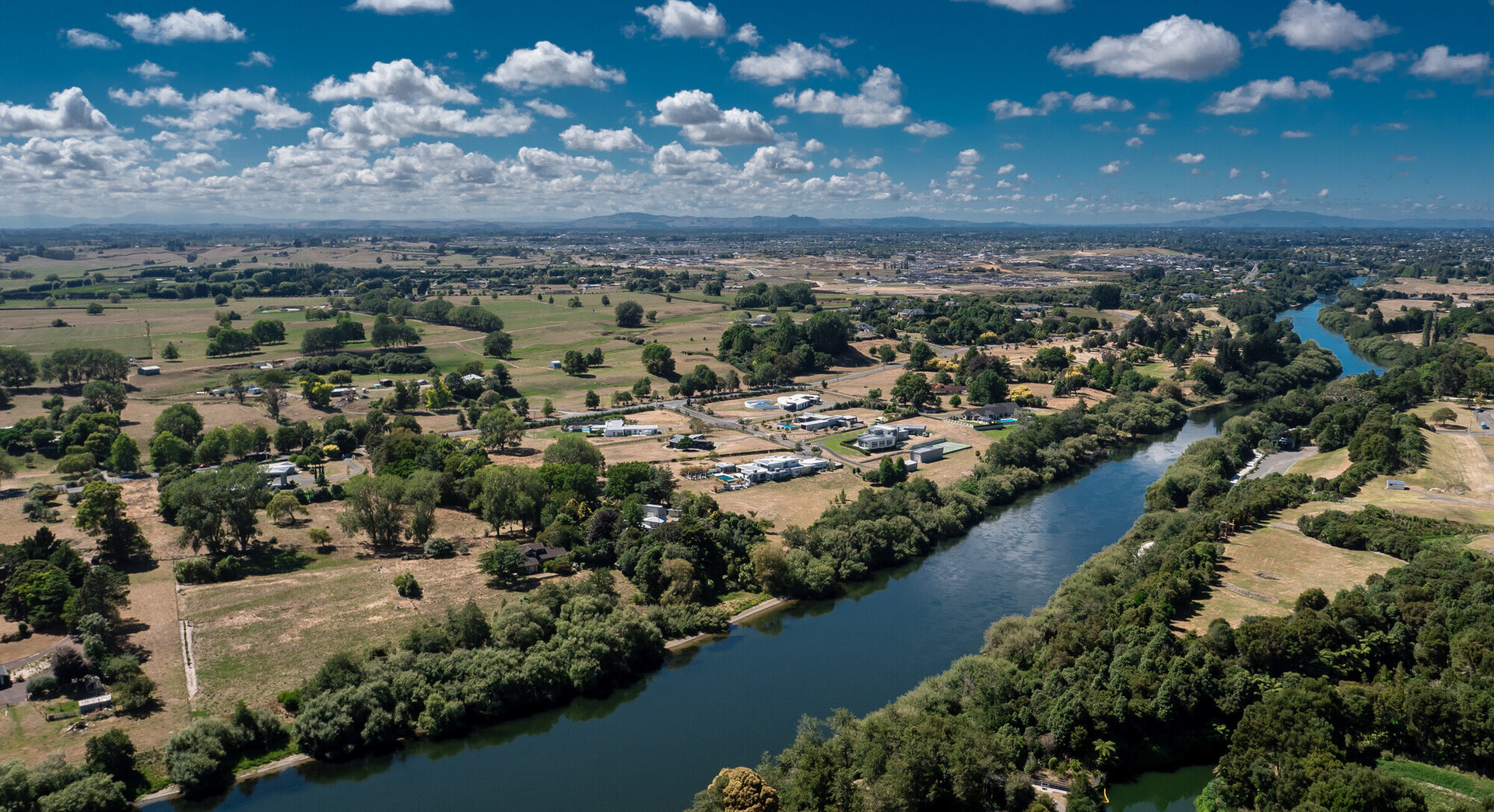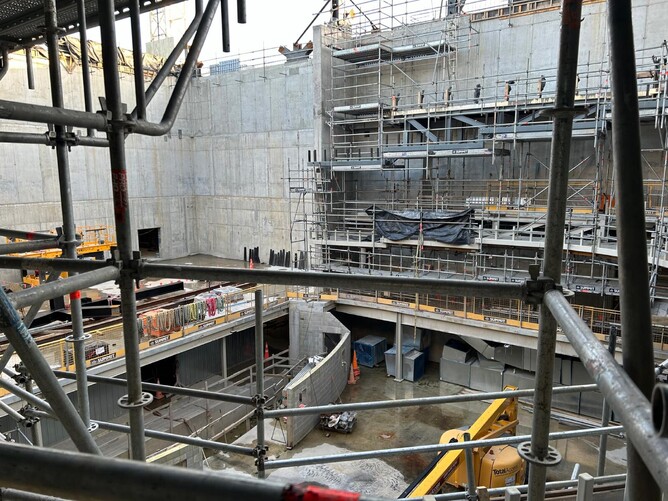The creative sector: We need to talk about funding to ensure the show goes on
During a tour of the new Waikato Regional Theatre recently, it was easy to imagine being seated in there, waiting for the show to begin. I love going to a concert with friends, to a movie or a play. I recently enjoyed a night out at the Waiuku Theatre where their rendition of Cinderella was a quirky, laugh-out-loud experience and a real credit to director Tremayne Thompson.
There’s nothing quite like being at home, on the farm in Te Hoe. It’s my peaceful happy place, where I love listening to the bird song, watching the cows, or take a walk around the lush pasture. But the behind-the-scenes tour of the new Waikato Regional Theatre got me thinking about how much I love the creative sector that’s right on my doorstep, how much enjoyment I get from it, and what it means to our region. In Hamilton, Hamilton Arts Trust aka Boon Arts have transformed Hamilton’s CBD with dozens of incredible works of art, brightening walls in streets and laneways. And on Saturday afternoons, you can join a guided tour that talks indepth about the inspiration behind some of the works.
The film industry is growing. Here in the Waikato, Waikato Screen is doing a superb job of supporting the thriving film industry by creating opportunities and showcasing our region through prestigious productions such as Avatar – The Ways of Water, The Gone, and MineCraft. The premier of Ka Whawhai Tonu was held in Hamilton earlier this year and it’s gone on to be the most attended New Zealand film throughout the country this year.
As a film office, Waikato Screen nurtures relationships between the international film industry, government bodies, and the Waikato’s vibrant communities. They are providing opportunities for on set training for youth, creating jobs, showcasing our stunning landscape, and enhancing our region’s identity.
An Infometrics report shows that the creative sector brought in $16.3 billion in the year to March 2023. That’s 4.3% of New Zealand’s total GDP. And it’s almost $10 billion more than in 2000 when the creative sector’s financial earnings first began to be documented.
When you think about those figures in light of the pandemic and subsequent recovery phase, it seems the creative sector is pretty resilient and is making a significant contribution to New Zealand’s economy.
Research tells us that for every dollar spent on motion picture and sound recording activities in the region, there is an estimated additional $1.77 worth of economic benefits created. As well as the direct economic activity of spending from the film production companies themselves, there is also spending by the businesses servicing the production. Take Te Aroha as an example: when the TV series The Gone was shot there over six weeks in 2022, an estimated $1 million was injected into the town’s economy.
But what about funding for the industry?
Waikato Regional Council has committed $575,000 to help Waikato Screen get up and running. And they’re certainly proving their worth.
Film office manager Tracy Hampton spoke recently at the Economic Development NZ conference about the benefits for the rural regional growth in film and the role central Government can play in supporting the sector. Let’s face it: the funding challenges are real. Managing business with multiple councils contributing (or, not contributing) in the current economic challenges means there is a need for central government investment, especially in regions struggling to keep rates down.
So how do we ensure the sector is adequately supported and funded to ensure it’s sustainable? Given its contribution not only to the economy, but from a cultural and social perspective, it seems like a no-brainer to support the creative sector. Should an entity like Waikato Screen receive funding from NZ On Air? Or Creative NZ? Is there a role for regional financial support?
If we come back to the regional theatre, there is already huge economic activity realised as a result of the construction phase, let alone all the years we have to look forward to from hosting world-class productions, thus attracting thousands of visitors to Hamilton who will spend money in our retail and hospitality sectors.
Previously, the economic return from the Waikato Regional Theatre and the adjoining hotel was forecast to be around $13 million per annum, with 170 construction jobs in the first two years and an estimated 48 new permanent full-time jobs and 30 part-time jobs once both are open. So, we can quantify that true value in time, but what of the rich cultural and social benefits? It will encourage creative innovation, provide a springboard for local talent, and will celebrate the region’s vibrancy and cultural diversity.
I’ve enjoyed many conversations along these lines with Creative Waikato’s chief, Jeremy Mayall, who, along with his team, work tirelessly to ensure the Waikato thrives with diverse creative activity. Why? Because they know that people feel better when they experience music, visual art, literature and performing arts in their lives.
It’s that feeling you get when you leave a performance. Like on my drive back to Te Hoe after being at Cinderella in Waiuku… reliving the laughs and witty one-liners. It’s just good for the soul.
So, here’s to looking forward to the Waikato Regional Theatre opening next year and to finding ways to fund this vibrant sector that contributes so much to our economy and to our social and cultural wellbeing. As to who provides funding, and how much, is what we need to figure out so the show can go on.

